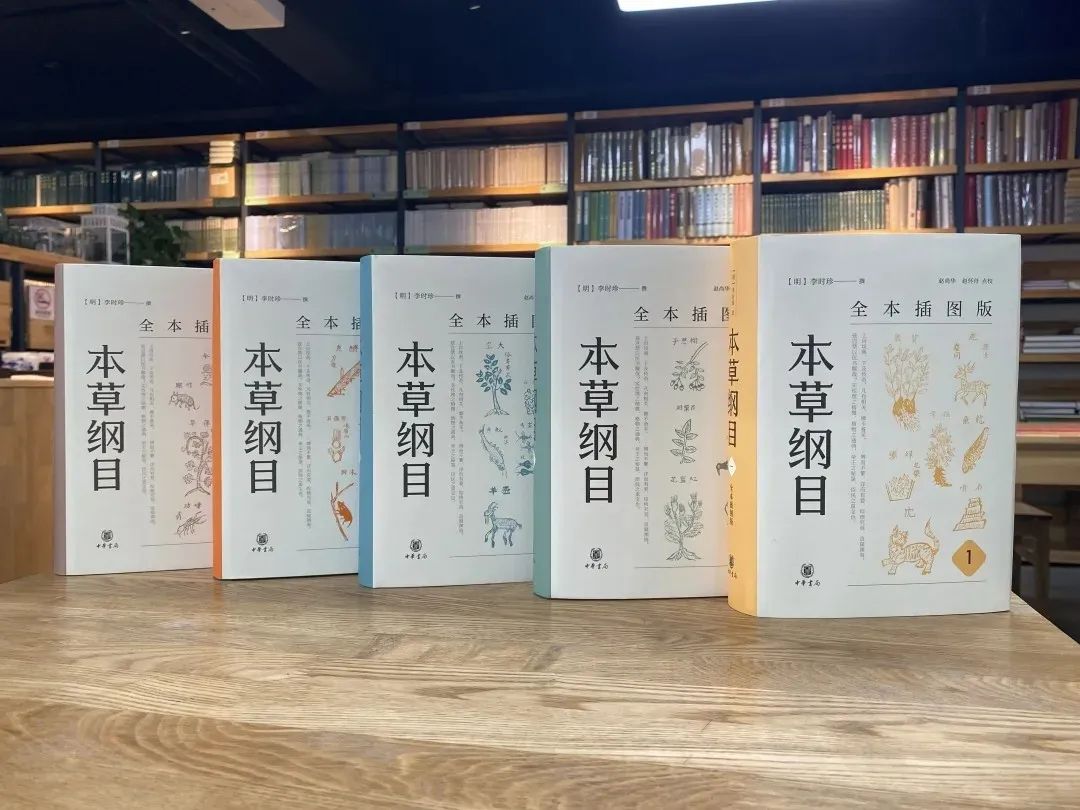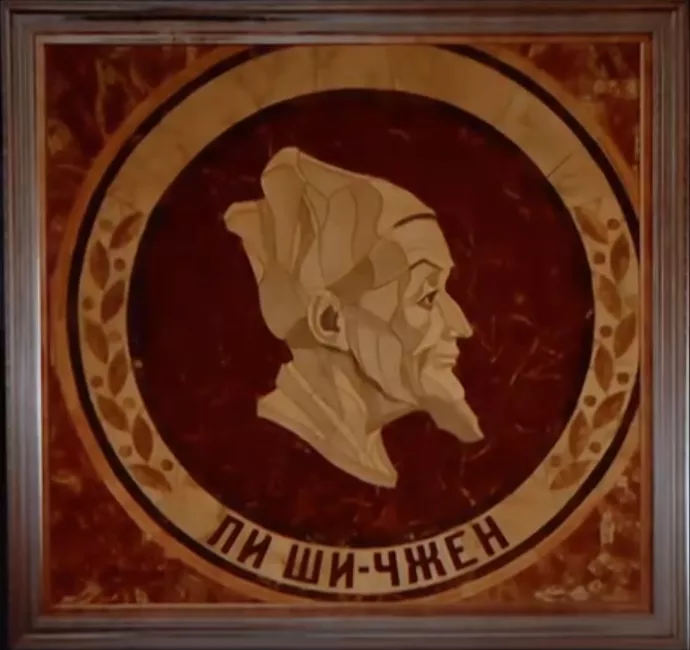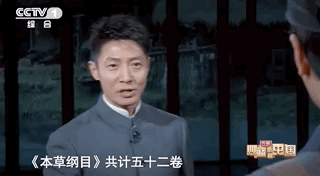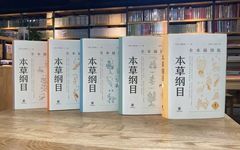“If Hua Tuo were to be reborn, he would treat foreign visitors who come to learn Chinese characters and promote national consciousness.”
This familiar melody plays, let me see, who is dancing the “Jianzi dance”?
This internet-famous song is Jay Chou’s “Compendium of Materia Medica”. But do you know what the real “Compendium of Materia Medica” is?
Next, we will briefly introduce this herbal book from three aspects: “Purpose of Compilation”, “Process of Compilation”, and “Historical Achievements”.

Image of the Compendium of Materia Medica
The Compendium of Materia Medica (Bencao Gangmu) was compiled by the great Ming Dynasty physician Li Shizhen to correct errors in ancient medical texts.
Why did he compile this book?
Li Shizhen had many years of medical experience and had read numerous related books.
However, he found many issues in ancient materia medica texts,
for example, the classification of medicines was “not distinguishing between plants and trees, mixing insects and fish”;
even worse, some toxic herbs like “Gou Teng (Uncaria rhynchophylla)” were mistaken for beneficial herbs like “Huang Jing (Polygonatum sibiricum)”.
Thus, he was determined to correct these errors.
At the same time, the Ming Emperor Shizong Zhu Houzong was a foolish emperor.
He was obsessed with seeking elixirs for immortality.
The physicians in the Imperial Medical Bureau, in order to cater to Zhu Houzong’s needs, not only collected “immortal recipes” and “elixirs” from all over the country but also searched through historical materia medica texts, hoping to find the elixir of immortality.
Some physicians claimed, “Long-term consumption of mercury can lead to immortality”,
others said, “Refining sulfur can enhance skin and vitality”;
some even claimed, “Lingzhi (Ganoderma lucidum) is a divine herb, long-term consumption can prolong life”.
Upon hearing these absurd claims, Li Shizhen became even more determined to revise the materia medica.

Li Shizhen
The process of compilation began in the 44th year of the Jiajing era (1565), during which Li Shizhen traveled extensively for research,
his footprints covering many famous mountains and rivers in Hubei, Jiangxi, and Zhili, clarifying many difficult issues.
During the compilation of the Compendium of Materia Medica, the most troublesome issue for Li Shizhen was the confusion of medicinal names,
often making it unclear about the shape and growth conditions of the medicines.
Previous materia medica texts, although they provided repeated explanations, were often based on authors who did not conduct in-depth investigations and merely copied from books,
resulting in more confusion and contradictions, making it difficult for readers to discern.
Inspired by his father, Li Shizhen realized that while “reading thousands of books” is necessary, “traveling thousands of miles” is equally important.
Thus, he both “sought knowledge from various sources” and “interviewed people from all directions”, conducting practical investigations.
He dedicated his life to practice, extensively collecting and summarizing, leading to the completion of the book.
Historical Position
The Compendium of Materia Medica is a precious heritage in our medical treasure trove, a systematic summary of Chinese medicine and pharmacology before the 16th century,
with outstanding achievements in philology, linguistics, history, geography, botany, zoology, mineralogy, and metallurgy.
This book spread by the end of the 17th century, with translations in various languages,
making a globally recognized outstanding contribution to natural sciences.
Its related materials were cited by Darwin.
It is a summary of thousands of years of our country’s pharmacology.
This pharmacopoeia, whether from its rigorous scientific classification,
or from the vast number of included medicines and its fluent and vivid writing,
far exceeds any ancient materia medica work.
It is praised as the “Great Classic of Eastern Medicine”, having a significant impact on modern science and medicine.
It is a precious heritage in our medical treasure trove.

Central Television’s “China in Classics”
Therefore, when we follow the trend to dance the “Jianzi dance”, we must not forget the true “Compendium of Materia Medica”!
Editor: Wu Shufen
Reviewer: Lu Kaifei
Let us applaud traditional culture!



